JOHNPEET
Well-Known Member
Hang fire….got to find out if it floats yet ?
The launch is likely to be a very private affair! ??
Hang fire….got to find out if it floats yet ?
Yep, as I said earlier it is incredible how John does the jobs of several trades to such a high standard - electrics being the latest!
I am scrutinising each post in the hope that I find something that indicates that he is a mere mortal - perhaps a woodwork joint that isn’t quite right or maybe just a bit of cutting in on the paintwork that is slightly untidy but no, he continues to make us all feel totally inadequate! ?
AFAIK that is exactly how most production boats arrange their generato start batteries.Sorry, yes - there is also a stand alone start battery for the generator which is charged off the generator engine alternator ?
AFAIK that is exactly how most production boats arrange their generato start batteries.
Personally, I think that is a mistake.
Most boats don't run their generators for months on end.
So the generator start battery gets forgotten and is often flat when you need it the most.
A "jump start" option from one of the other batteries might be an answer or, as I do a separate "trickle charger" purely for the generator battery.
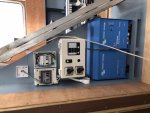
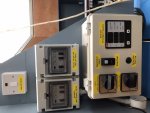
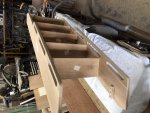
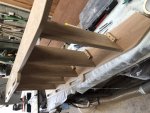
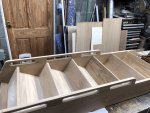
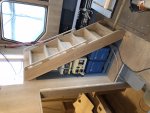
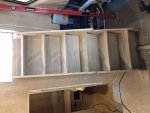
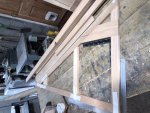
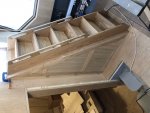

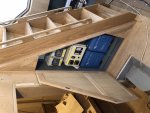
Have you checked to see if your dog can get up and down those steps?Tonight’s instalment covers the AC system and the access steps and cabinetry that hides it away.
I provided an overview of the electrical systems within last night‘s instalment, but here’s a little bit more info regarding safety etc.
I mentioned in my last post that the shore power comes aboard via an isolation transformer. The shore power earth is not connected to anything within the the isolation transformer. On the secondary side of the transformer, one leg of the output winding becomes a combined neutral and earth for the boat supply, with the other leg being the live conductor. A separate Neutral and Earth is then run within the boat’s 240v electrical systems. All final circuits on the 240v system are protected by an RCD thus providing earth leakage protection on board. The AC earth is electrically bonded to the DC neg bus and the DC neg bus is electrically bonded to the steel hull at a single point only. So that means if any of the AC voltage leaks onto the DC system, or the steelwork of the hull - the RCDs will detect the imbalance between live and neutral and trip. Apart from the single bond on the hull, the steelwork is kept electrically separate from the AC and DC systems. This is to prevent current from flowing through the steel and becoming a galvanic corrosion problem. The single point of bonding can be disconnected periodically and tested to ensure that the hull remains electrically isolated. Anyone that has looked into the issues around isolation transformers will appreciate their benefits.
Now the photos!
View attachment 134562View attachment 134563View attachment 134564View attachment 134565View attachment 134566View attachment 134567View attachment 134568View attachment 134569View attachment 134570View attachment 134571View attachment 134572
Have you checked to see if your dog can get up and down those steps?
Thats in the next installment. Installation of custom built dogflap and associated ramps.Have you checked to see if your dog can get up and down those steps?
I don't have an isolation transformer or, in fact, galvanic isolators. So I am a bit paranoid about earth loops. To this end. I fitted isolation switches on each lead to the generator battery. Then connected the trickle charger to the isolated battery. So, when I leave the boat, the trickle charger is only connected to the battery and not to the ship's earth. I just have to remember to close the isolation switches when I disconnect the charger. It has been like that for 14 years and no sign of galvanic corrosion - yet.I think the separate trickle charger would be the way to go for me too - I like that option!
Great work as always, might want to keep an eye on those self adhesive cable tie down pads, Personally, I have found that no matter the brand sooner or later they peel off then the loom is left hanging by its terminations, so I prefer to put a small screw in each.
Great work as always, might want to keep an eye on those self adhesive cable tie down pads, Personally, I have found that no matter the brand sooner or later they peel off then the loom is left hanging by its terminations, so I prefer to put a small screw in each.
Remember John's boat is steel so above is prob more important than on a GRP vessel for both his boat and stray electric currents affecting nearby craft.I don't have an isolation transformer or, in fact, galvanic isolators.
Remember John's boat is steel so above is prob more important than on a GRP vessel for both his boat and stray electric currents affecting nearby craft.
Yup, I used to have a Dutch steel boatBut remember that there are two aspects to the reasons for fitting an isolation transformer - see link in my post above
Yup, I used to have a Dutch steel boat
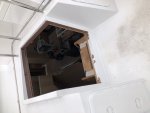
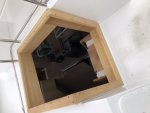
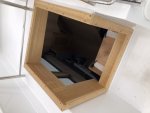
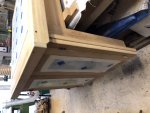
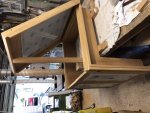
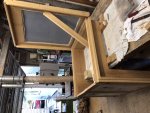
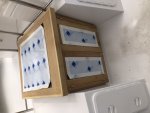
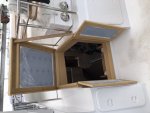
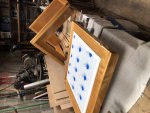
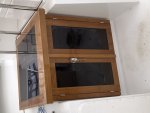
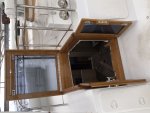
John, does the boat designer say if you need any ballast?